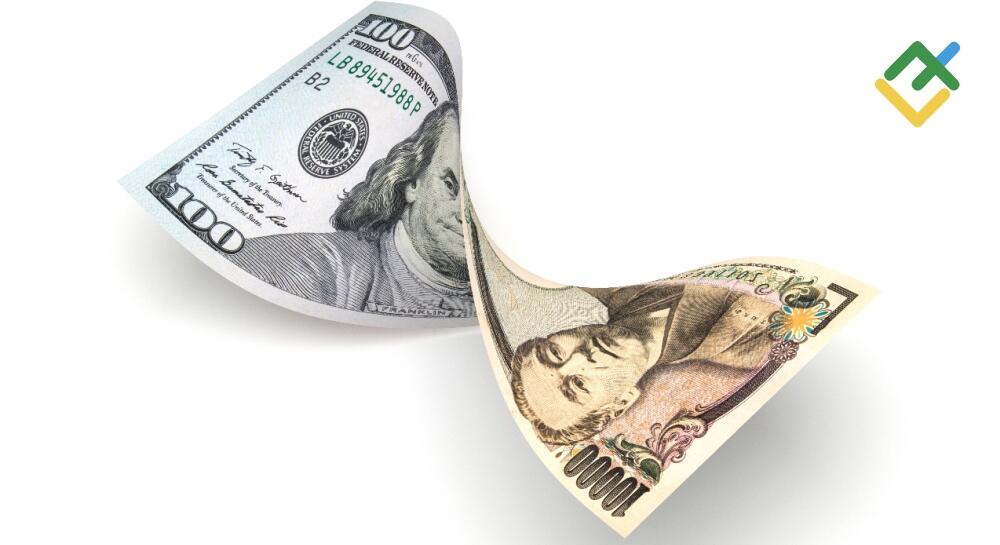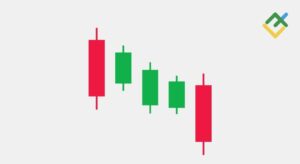Investors Turn to Safe-Haven Yen Amid Global Downturn. Forecast as of 07.04.2025

The Bank of Japan will have to postpone the overnight rate hike until the autumn, and the economy will slow down due to a 25% drop in exports. However, USDJPY bears remain unconcerned, recalibrating their strategies. Let’s discuss this topic and make a trading plan.
The article covers the following subjects:
Major Takeaways
- Investors buy the safe-haven yen.
- Falling US Treasuries buoy the Japanese currency.
- Washington is unlikely to loosen its stranglehold on Tokyo.
- Short trades can be opened if the USDJPY pair falls below 144.8.
Weekly Fundamental Forecast for Yen
The new US trade policy will have far-reaching consequences for all markets globally. The implementation of tariffs by President Donald Trump has introduced a degree of clarity to the situation, though these tariffs have proven to be more extensive in their scope than investors had initially anticipated. This has led to a decline in global risk appetite and a surge in demand for safe-haven currencies. The loss of American exceptionalism and the markets’ perception that the US economy will also be targeted have hindered the US dollar’s role as a primary safe haven. Traders are gravitating toward the yen, pushing the USDJPY pair lower.
The recent surge in nominal wages in Japan, from 1.8% to 3.1% in February, suggests the possibility of a sooner-than-expected continuation of the Bank of Japan’s monetary policy normalization cycle. The derivatives market has adjusted its expectations for an overnight rate increase, shifting it from May to September due to the uncertainty surrounding Donald Trump’s policies.
Japan Average Cash Earnings
Source: Bloomberg.
Bank of Japan Governor Kazuo Ueda addressed the issue, noting the uncertainty surrounding it and its potential impact on economic growth. According to Bloomberg economists, the imposition of 24% duties on imports will result in a 0.5% reduction in Japan’s GDP by the end of 2025, with exports projected to decline by 25%.
This underscores the urgency of Prime Minister Shigeru Ishiba’s desire to engage in dialogue with Donald Trump. However, it is unlikely that persuasion alone will be sufficient. Trump has repeatedly expressed concerns about the $58.2 billion US foreign trade deficit with Japan and Tokyo’s 46% levies on certain US goods. According to the US President, a 24% retaliatory duty is merely an act of goodwill. Tokyo must present Washington with a compelling offer to persuade it to abandon protectionism.
The imposition of tariffs by the US on Japan has been detrimental to the Japanese economy, and it is likely to have a similar effect on the US economy. Plummeting US Treasury yields signal an impending recession, and the fact that debt market rates in the US have fallen sharply is a positive factor for USDJPY bears.
The decline in global stock indices, including Japan’s Nikkei 225, also supports this perspective. The market has entered correction territory, indicating a decline in global risk appetite.
Nikkei 225 Index Performance
Source: Bloomberg.
The decline of the USDJPY pair can be attributed to investors’ shifting perceptions regarding the US dollar as a reliable asset, leading them to seek out alternative options. As a result, the yen is being bolstered by falling Treasuries, indicating that the US economy is on the verge of a recession. The impact of US tariffs on Japan’s GDP is unambiguously negative, but the Japanese currency is effectively leveraging its own strengths.
Weekly USDJPY Trading Plan
Short positions opened on the USDJPY pair at 150.7 can be kept open. One can consider more short trades on a breakout of the support level of 144.8. However, if the quotes pierce the resistance level of 146.8, locked positions can be considered. These long trades can be closed on a rebound from 148.4, 149.3, and 149.7.
This forecast is based on the analysis of fundamental factors, including official statements from financial institutions and regulators, various geopolitical and economic developments, and statistical data. Historical market data are also considered.
Price chart of USDJPY in real time mode
The content of this article reflects the author’s opinion and does not necessarily reflect the official position of LiteFinance broker. The material published on this page is provided for informational purposes only and should not be considered as the provision of investment advice for the purposes of Directive 2014/65/EU.
According to copyright law, this article is considered intellectual property, which includes a prohibition on copying and distributing it without consent.







